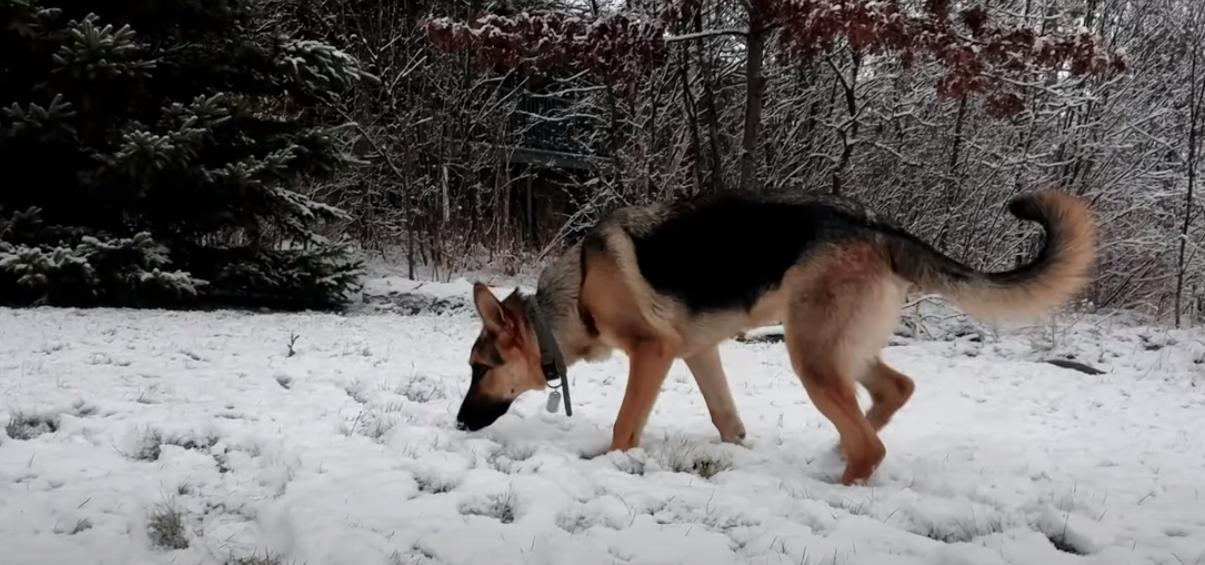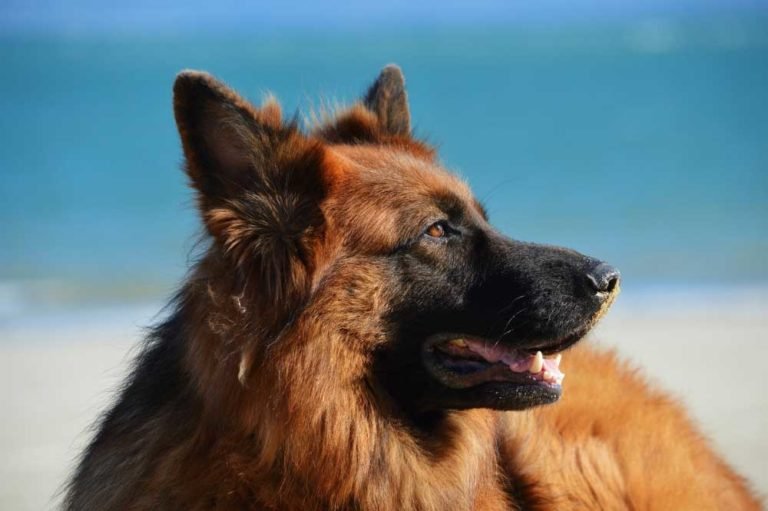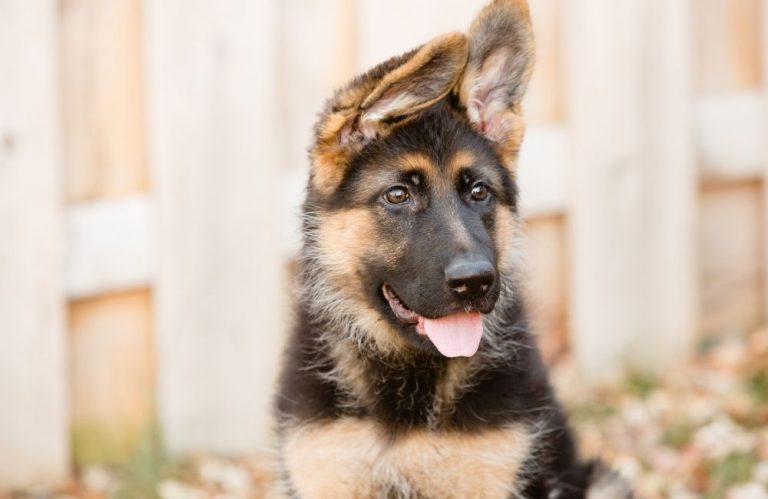Do German Shepherds Need Snow Boots?
German shepherds are a versatile breed that can do well in many different climates. They are bred for working in all kinds of weather, so they have a thick coat that helps protect them from the cold.
However, if you live in an area with extremely cold weather, you may want to consider getting snow boots or balm for your shepherd’s paws. This will help protect their pads from the cold and prevent them from getting frostbite.

1. What are the ideal conditions for a German shepherd to live in?
A German shepherd needs access to shade and water and does best with large amounts of time outdoors – though not alone.
The breed is known for being intelligent, active, and protective, so it’s important that their living space reflects this.
A spacious backyard with plenty of room to run around is ideal, as long as there’s also a comfortable place for them to rest and stay cool in hot weather.
They’ll also need regular access to fresh water – either from a bowl or via a hose – and some form of shelter from the sun or rain.
2. How do they fare in cold weather?
German shepherds are well-known for their versatility and intelligence. But how do they fare in cold weather?
Despite being originally bred in Germany, german shepherds are actually quite well-suited to colder climates.
Their dense fur coats provide excellent insulation against the cold, while their thick pads help them keep warm on icy surfaces.
In addition, german shepherds have a layer of fat beneath their skin that helps them stay warm in the water.
3. Do they need special protection in extremely cold weather?
German Shepherds are a versatile breed of dog and can adapt to many different climates, but they do need special protection in extremely cold weather.
Dogs with short coats or no coat at all are more susceptible to the cold weather and need to be protected more.
If a German Shepherd is going to be outside for an extended period of time, they will need a warm shelter and bedding.
4. Why do some people opt to get snow boots for their German shepherd?
There are a few reasons why some people opt to get snow boots for their German shepherd. The first reason is to protect their German shepherd’s paws from the cold and snow.
The second reason is to keep their German shepherd’s feet warm. The third reason is to prevent their German shepherd from slipping on ice.
5. How do you know if your German shepherd needs snow boots?
If you have a German shepherd, you may be wondering if they need snow boots. The answer is that it depends on the dog and the conditions.
If your German shepherd’s feet seem cold or uncomfortable in the snow, they may need snow boots.
You should also check for signs of frostbite, such as pale or discolored skin, on your dog’s feet after being in the snow.
If you’re not sure whether your dog needs snow boots, consult with a veterinarian.
6. What are some of the best snow boots for German shepherds on the market?
As a dog owner, you want to make sure your furry friend is comfortable and safe during the winter months. This is especially true if you have a German shepherd, as they are susceptible to cold weather conditions. Fortunately, there are a number of snow boots on the market that are specifically designed for German shepherds. Here are three of the best:
1. The Hurtta Extreme Warmer Dog Coat is made from water-resistant and windproof materials, making it ideal for protecting your dog from the elements. It also has a warm inner lining, ensuring your dog stays cozy all winter long.
2. The Musher’s Secret Dog Paw Wax helps protect your dog’s paws from the cold and wet conditions by creating a barrier between their paw pads and the ground. This is important as German shepherds often have sensitive paw pads that can become sore or inflamed in extreme weather conditions.
3. The Yaktrax Dog Boots provide good traction and protection against the elements, making them ideal for snowy or icy conditions. They slip over your dog’s existing footwear (such as sneakers or hiking boots) and provide an extra layer of warmth and protection.
7. How do you put snow boots on a German shepherd?
To put snow boots on a German shepherd, you will need to measure the dog’s feet and then purchase the appropriate size boots.
Once the boots are purchased, you will need to put them on the dog’s feet and then secure them with the Velcro straps.
8. What are some tips for taking care of a German shepherd in cold weather?
German shepherds are susceptible to cold weather, so it’s important to take care of them during colder months.
Some tips for taking care of a German shepherd in cold weather include: providing them with a warm bed or blanket, feeding them a high-quality diet, and making sure they have access to fresh water.
It’s also important to exercise caution when walking your German shepherd in cold weather, as they may be more prone to slipping and falling on ice or snow.
9. Are there any dangers of not using snow boots on a German shepherd in extreme cold weather conditions?
There are definitely dangers of not using snow boots on a German shepherd in extreme cold weather conditions.
These dangers include frostbite and hypothermia. Snow boots can help protect against these dangers by providing insulation and keeping the feet dry.
Frostbite is a condition that occurs when the skin and tissue freeze. This can happen if the temperature gets too low or if there is a wind chill.
Symptoms of frostbite include numbness, pale skin, and hard or waxy-looking skin. German shepherds are particularly susceptible to frostbite because they have a lot of furs.
The fur can actually insulate the body heat and make it harder for them to regulate their temperature. That’s why it’s so important to put snow boots on them in cold weather conditions!
Hypothermia is another danger that can occur in extreme cold weather conditions. Hypothermia happens when the body loses heat faster than it can produce heat. This can cause the body temperature to drop below 95 degrees Fahrenheit (35 degrees Celsius).
Symptoms of hypothermia include shivering, confusion, slurred speech, and drowsiness. German shepherds are also susceptible to hypothermia because of their fur coats. The fur coat traps body heat which makes it difficult for them to cool down when they get too hot.



